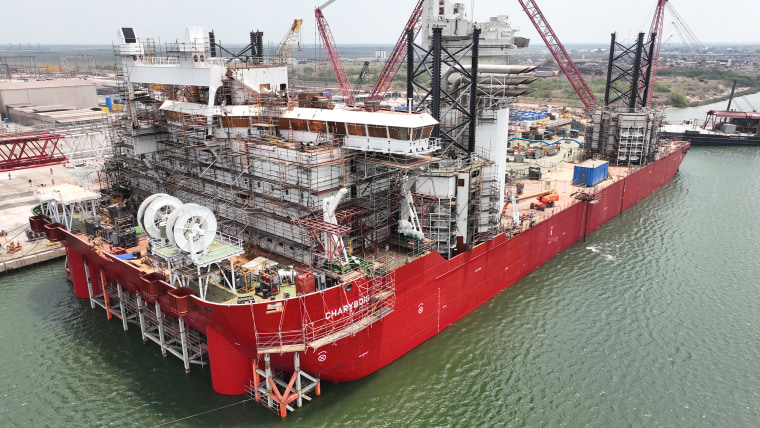As the Biden administration seeks to drastically reduce greenhouse gas emissions and invest in renewable energy sources, one of the key elements of his plan focuses on expanding wind energy production in the United States. However, recent reports have shown that the growth of wind energy has fallen short of the stated goals, leaving many wondering what steps can be taken to accelerate progress in this sector.
One approach that could pave the way for a significant boost in wind energy development is harnessing the power of offshore wind farms. The vast potential of offshore wind energy has long been recognized, with studies indicating that the U.S. has enough offshore wind capacity to power millions of homes. By tapping into this valuable resource, the country could make significant strides towards achieving its renewable energy targets.
One of the main advantages of offshore wind farms is the abundance of space available in coastal areas, which allows for the installation of a large number of wind turbines. This scalability is crucial for meeting the energy demands of a growing population and transitioning away from fossil fuels. Moreover, offshore wind farms often benefit from stronger and more consistent wind speeds compared to onshore locations, resulting in higher energy production.
Another compelling reason to prioritize offshore wind energy is its potential to create jobs and stimulate economic growth. The establishment of offshore wind farms requires a wide range of skills and expertise, from engineering and construction to maintenance and operation. As a result, investing in this sector could not only contribute to the decarbonization of the economy but also lead to the creation of numerous well-paying and sustainable jobs.
Furthermore, offshore wind farms have the advantage of being situated closer to densely populated coastal regions, reducing the need for extensive transmission lines and minimizing energy losses during transportation. This proximity to demand centers enhances the efficiency of energy delivery and can help stabilize the grid by providing a consistent source of clean electricity.
To accelerate the deployment of offshore wind energy in the U.S., it will be essential for the government to streamline regulatory processes, establish clear permitting procedures, and provide incentives for private investment. Initiatives such as the Department of Energy’s National Offshore Wind Strategy and the Bureau of Ocean Energy Management’s leasing program have laid the groundwork for expanding offshore wind capacity and could serve as models for future projects.
In conclusion, offshore wind energy holds immense promise as a key driver in achieving President Biden’s renewable energy goals and combating climate change. By leveraging the vast potential of coastal wind resources, the U.S. can make significant progress towards a cleaner, more sustainable energy future. With the right policies and investments in place, offshore wind farms could become a cornerstone of the country’s transition to a low-carbon economy, benefiting both the environment and the economy in the years to come.

